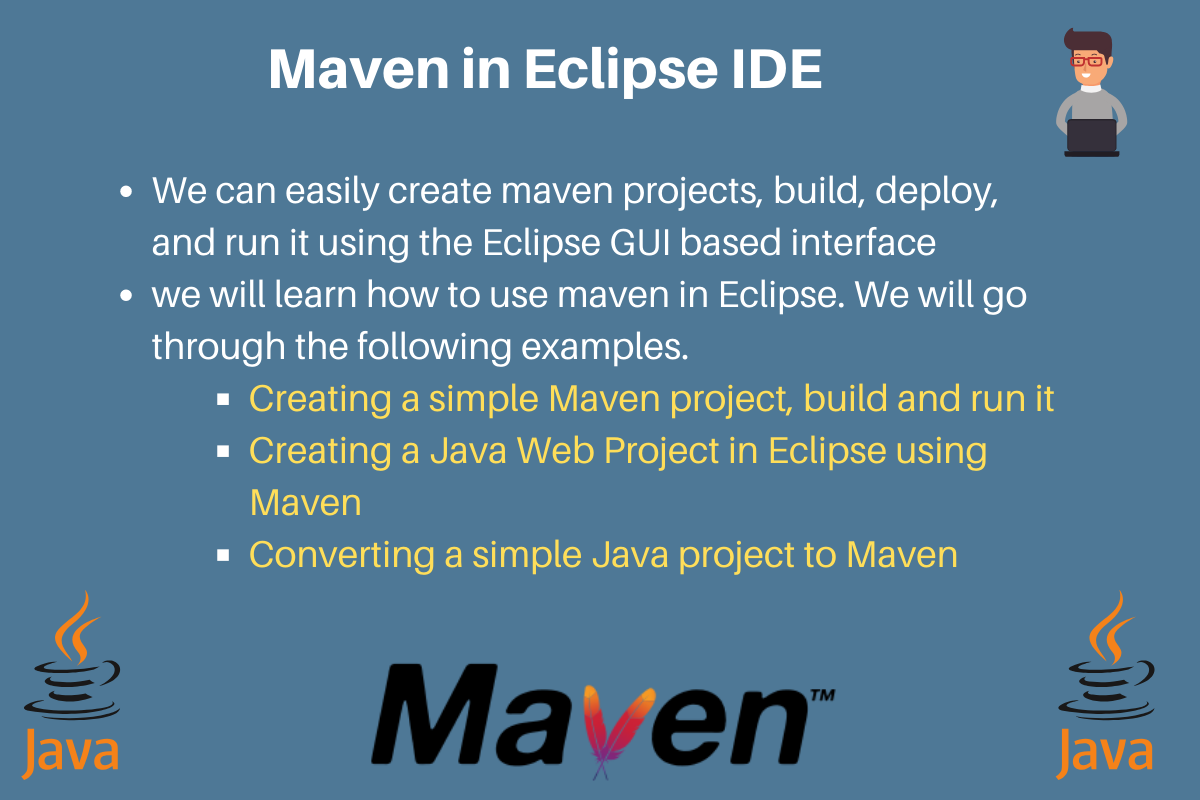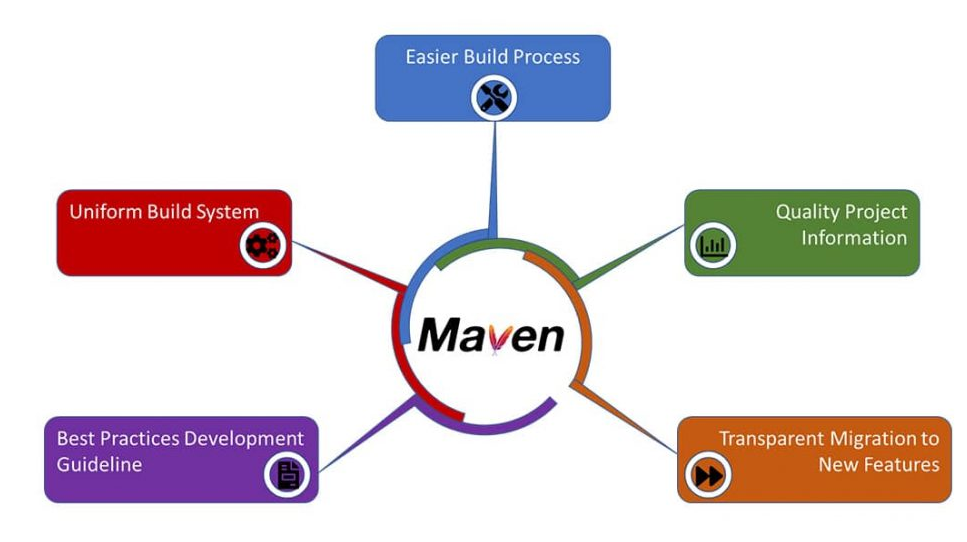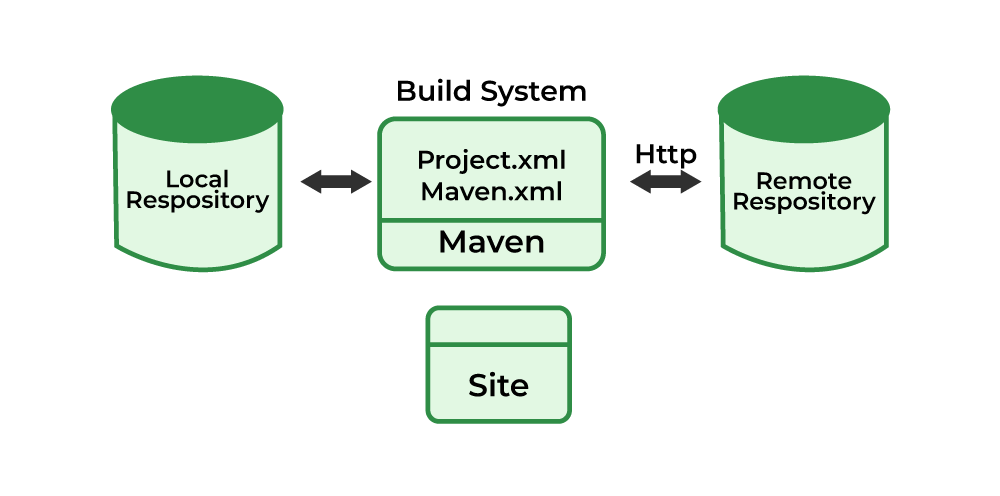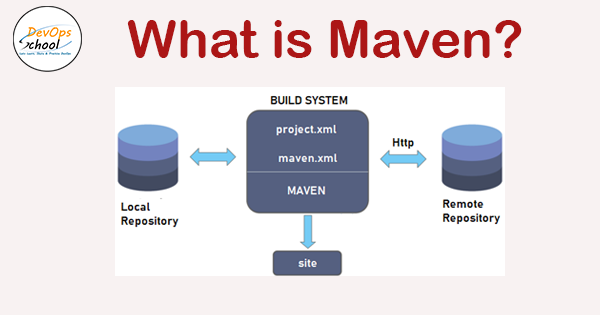What is maven in java eclipse
What is maven in java eclipse

Maven! Let's dive into the world of Java and Eclipse.
What is Maven?
Apache Maven, commonly referred to as Maven, is a software project management and build automation tool that helps developers create, manage, and maintain their projects efficiently. It was originally designed for Java-based projects, but it has since become a popular choice for managing various types of projects across multiple languages.

Key Features of Maven:
Project Structure: Maven organizes your project into a hierarchical structure, making it easy to navigate and manage dependencies. Build Automation: Maven automates the build process by generating executable JAR files from your source code. Dependency Management: Maven allows you to declare dependencies between projects or libraries, ensuring that all required components are properly included in your project. Version Control Integration: Maven integrates seamlessly with version control systems like Git, SVN, and CVS. Reporting and Documentation: Maven generates reports and documentation for your project, such as the Maven site, which provides an overview of your project's architecture and dependencies.How to Use Maven in Eclipse:
To use Maven in Eclipse, you'll need to install the Maven plugin. Here are the steps:
Open Eclipse and go to Help > Install New Software. Add the following update site URL:http://m2e.apache.org/ Select the Maven Integration for Eclipse option and click Next. Accept the license agreement and follow the installation wizard's instructions. Once installed, restart Eclipse.
After the installation is complete, you can create a new Maven project in Eclipse by following these steps:
Open the File > New > Other... menu. Select Maven Project under the Java category. Choose the archetype (template) for your project type (e.g., web application, library). Fill in the project details and click Finish.Eclipse will create a new Maven project directory, including the necessary files and configurations to get you started with your project development.
In conclusion, Maven is an essential tool for managing Java projects in Eclipse. Its powerful features, such as build automation and dependency management, make it an invaluable asset for developers working on complex applications. By installing the Maven plugin in Eclipse, you can easily create and manage your projects using this popular framework.
What is Maven used for in Java?

Maven is a widely-used software project management and build tool in the Java ecosystem. It was originally developed by Jason van Zyl in 2004 and has since become one of the most popular tools among Java developers.

In essence, Maven is used to manage the lifecycle of a Java project from its inception to deployment. Here are some key features that make Maven so useful:
Project Build: Maven allows you to build your Java project by compiling the source code, creating JAR files, and packaging them into a single artifact (such as a WAR file for web applications). The tool automates many steps involved in building a project, such as resolving dependencies, compiling code, and running tests.
Dependency Management: One of Maven's most significant features is its dependency management capabilities. Maven allows you to declare the external libraries (dependencies) required by your project in a simple XML file called pom.xml. The tool then takes care of downloading and managing these dependencies for you. This feature simplifies the process of adding third-party libraries to your project and ensures that all dependencies are correctly resolved.

Project Reporting: Maven provides detailed reports on various aspects of your project, such as test results, code coverage, and dependency usage. These reports help developers identify potential issues early in the development cycle and optimize their projects for better performance and maintainability.
Integration with other tools: Maven can be seamlessly integrated with other popular Java tools like Eclipse, IntelliJ IDEA, and NetBeans. This integration enables developers to use Maven's build and deployment features alongside these Integrated Development Environments (IDEs).
Extensibility: Maven has a rich ecosystem of plugins that allow you to customize its behavior for specific tasks. For instance, you can write plugins to automate testing, code quality analysis, or even generate documentation.
Some common use cases for Maven in Java include:
Building and deploying web applications using frameworks like Spring or Hibernate Creating standalone desktop applications with Swing or JavaFX Developing Android apps using the Android SDK Managing dependencies and building Java-based services or microservicesIn summary, Maven is an essential tool for any Java developer looking to streamline their project's lifecycle, manage dependencies, generate reports, and integrate with other tools. Its versatility, flexibility, and scalability make it a popular choice among Java professionals.




























